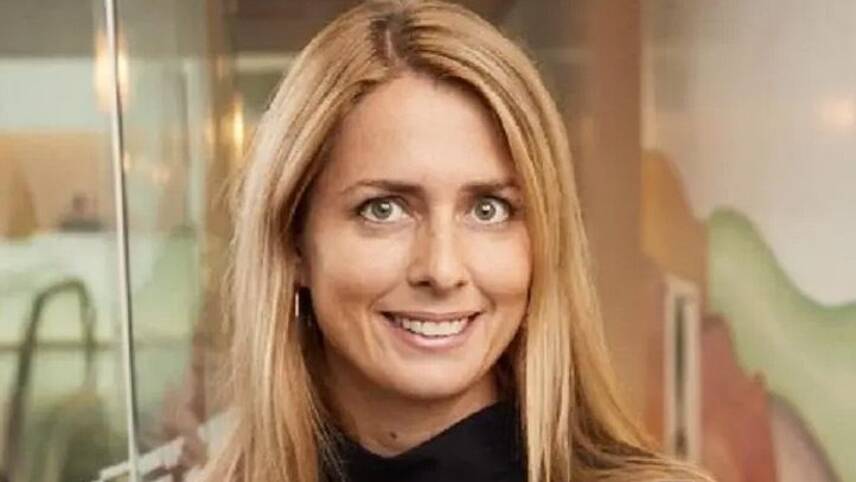Register for free and continue reading
Join our growing army of changemakers and get unlimited access to our premium content

Helmersson is H&M's first female CEO
Helmersson will take up the reins from Karl-Johan Persson, grandson of H&M founder Ehrling Persson, with immediate effect.
She is not only the first woman to become H&M’s chief executive, but its first sustainability professional. Helmersson spent more than five years in H&M’s sustainability team, first as social sustainability manager then as sustainability manager.
In 2015, she was promoted to global head of production and, in 2018, was appointed chief operating officer. Helmersson has been at H&M since 1997.
In recent years, H&M has made a number of big sustainability commitments, most notably pledges to become a “fully circular” business by 2030 and achieve “climate-positivity” by 2040. Helmersson is expected to use her sustainability experience to further progress against these pledges, as well as accelerating H&M’s work on supply chain transparency and social issues.
“I am very incentivized and humble ahead of the task,” Helmersson said.
“I look forward to driving the plan forward together with my colleagues, with a focus on the customer to continue strengthening our financial development in the short and long term. There is great potential to expand with existing and new brands, with new types of partnerships and to continue leading the development towards a sustainable fashion industry.”
All change
As a result of Helmersson’s appointment, Karl-Johan Persson is widely expected to be appointed as board chairman later this year, when Stefan Persson steps down.
Karl-Johan Persson caused controversy last year by claiming that a move away from fast fashion models – in which products are produced and sold en-masse, to tight deadlines, and often designed to prioritise trends over longevity – would cause “huge social consequences”.
He pointed out that the fast fashion model has proven successful economically, in that the global fashion industry now employs one in ten working people worldwide. The majority of these staff are garment workers, a demographic consisting of 80% women and located largely in low-income nations.
But the global fashion system, largely due to the success of fast fashion, is now accountable for around 10% of global greenhouse gas emissions annually. It also produces more than one billion garments annually and, due to gaps in policy, infrastructure and education, results in a bin lorry of waste being landfilled or burned every second.
Moreover, the rapid expansion of fashion supply chains globally has made it harder for end-user businesses to identify and tackle human rights abuses. The Clean Clothes Campaign (CCC) – an alliance of labour unions and NGOs aimed at championing ethical garment production – has found that factory workers in nations such as Bulgaria, Turkey, India and Cambodia are receiving wages below the poverty line. Fashion is regarded as the second most at-risk sector for modern slavery in supply chains, after technology. According to Fashion Revolution, no large fashion business is transparent about human rights in more than 64% of its supply chain.
While the appointment of Helmersson is a milestone for embedding sustainability professionals in C-suite leadership, questions remain as to how H&M could achieve its sustainability goals without moving away from a fast fashion model.
The firm has said that alternative business models are “firmly on the plate” of its C-suite. H&M Foundation is investing in garment-to-garment recycling technologies for textile blends, which have proven successful during trials and now need support to scale. The retailer itself is also experimenting with garment repair and customisation facilities across its stores in France, Germany and Norway, and with rental models in Sweden.
On supply chains specifically, H&M began listing supplier names for all garments last April, in what it claims is a first for a fashion firm of its size. The information is conveyed on its website and, on selected lines, on swing tags. Details regarding production country, factory names and addresses and factory sizes in terms of workforce are also provided.
It has also begun hosting “transparency hackathons” to crowdsource ideas on how the business – and other corporates – can be more transparent about their supply chain practices. These activities were built upon with a summit regarding garment worker wages last year.
Sarah George


Please login or Register to leave a comment.